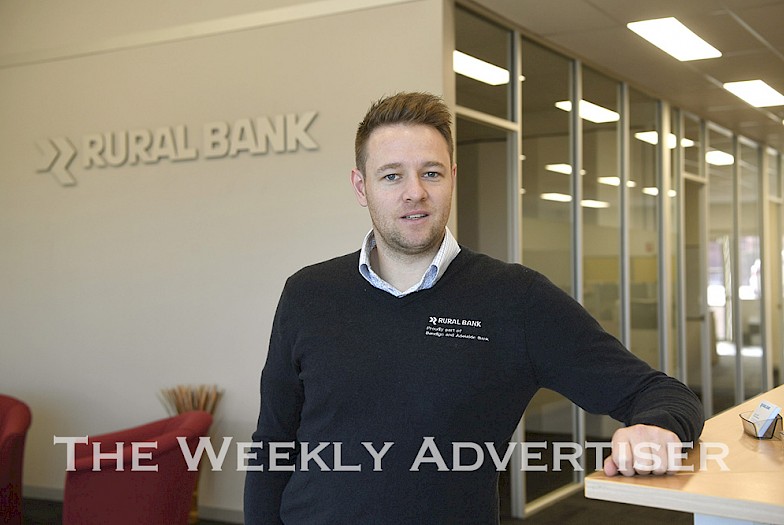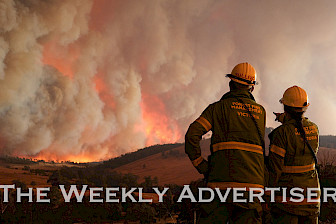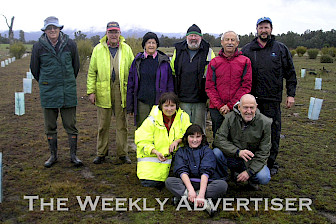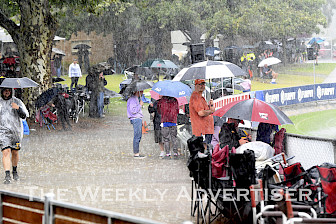Family farms continue to be the main buyers of property, outbidding smaller players in the market.
A favourable harvest and strong livestock prices likely gave larger farms greater confidence, leading to more land leasing purchases.
Rural Bank Horsham’s senior agribusiness relationship manager Marc Thomas said Wimmera farmers looking to expand likely led to greater demand, driving up the median price for land in the Wimmera.
“With clients wanting to grow, they’re going to need more land to do so. There’s been a lot of farmers diversifying with their land holdings to try to buy into higher rainfall districts or more consistent rainfall areas,” he said.
“The past couple of years we’ve seen very high rates of land turning over. When you go to an auction the rooms are fairly well full, 70 percent of the people at the auction might be people looking to sell in the future.”
Mr Thomas said larger scale farms were increasingly dominating the Wimmera market.
“It’s supply and demand, the more people want to get into the market the more the price is going to be driven up – it’s going to be driven up because of the big farmers getting bigger and the smaller farmers just not being able to compete,” he said.
“A lot of bigger farms are able to pay the bigger dollars and outbid others.”
Increased buying
Mr Thomas said low interest rates and high lease costs were contributing to an increased preference of buying land over leasing.
“Higher lease prices are probably more exorbitant now than they have been in the past,” he said.
“A lot of people are coming into the market wanting to buy because it gives them certainty.
“If you have a large portion of your farm as leased land and suddenly lose a couple of leases, that severely impacts your ability to farm at the level that you were. It’s hard to replace as well because you don’t know when the next parcel of leased land will become available.”
Mr Thomas said early predictions were demand would remain high in 2020.
“I can’t see that land prices are going to decline at all. The demand is still there and agriculture is still going strong, despite what’s going on in the world right now,” he said.
Wimmera Development Association chief executive Chris Sounness said annual report findings confirmed confidence in the Wimmera’s agricultural industry.
“There’s always a lot of buyers chasing land and not a lot of it for sale,” he said.
“The reality is grain farming and livestock farming is profitable for a lot of people.
“Agriculture is well situated – if there’s land on the market, there will always be two or three people trying to grow their businesses.”
Mr Sounness said increased confidence in agriculture typically led to more certainty across the whole market, including unrelated businesses.
“Agriculture is a major economic driver. Seeing the strong land prices, I think, increases confidence in our region,” he said.
“The reality is, if our agriculture businesses have a good year, it does boost confidence through all unrelated businesses as well.”
Mr Sounness said although it was hard to make any further market predictions through COVID-19, he hoped increased confidence in agriculture would lead to broader interest in farmland across the Wimmera-Mallee.
“In the Wimmera-Mallee it’s always been family farms, there isn’t a lot of corporate farmland compared with some regions,” he said.
“It would be interesting to see if that changes over time because we have highly productive soils, a great climate and we’re a great place to live – so, we’ll see what happens in the future.”
The entire May 13, 2020 edition of The Weekly Advertiser is available online. READ IT HERE!






